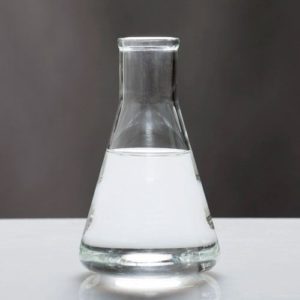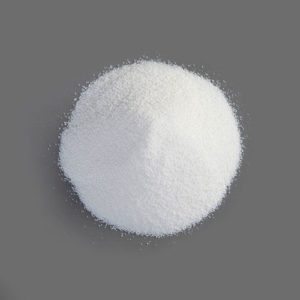Description
Diatomaceous Earth – also known as D.E., diatomite, or kieselgur/kieselguhr, is a naturally occurring, soft, siliceous sedimentary rock that is easily crumbled into a fine white to off-white powder. It has a particle size ranging from less than 3 μm to more than 1 mm, but typically 10 to 200 μm. Depending on the granularity, this powder can have an abrasive feel, similar to pumice powder, and has a low density as a result of its high porosity. The typical chemical composition of oven-dried diatomaceous earth is 80–90% silica, with 2–4% alumina (attributed mostly to clay minerals) and 0.5–2% iron oxide.
Diatomaceous earth consists of fossilized remains of diatoms, a type of hard-shelled protist.
Diatomaceous earth Uses:
- ✔ Used as a filtration aid
- ✔ Mild abrasive in products including metal polishes and toothpaste, mechanical insecticide
- ✔ Absorbent for liquids
- ✔ Matting agent for coatings
- ✔ Reinforcing filler in plastics and rubber
- ✔ Anti-block in plastic films
- ✔ Porous support for chemical catalysts, cat litter
- ✔ Activator in blood clotting studies
- ✔ A stabilizing component of dynamite
- ✔ A thermal insulator
- ✔ Used as a soil for potted plants and trees like bonsai.
Get a Quote for Diatomaceous Earth Today
Additional information
| CAS# | 91053-39-3 |
|---|---|
| Formula | SiO2 |




